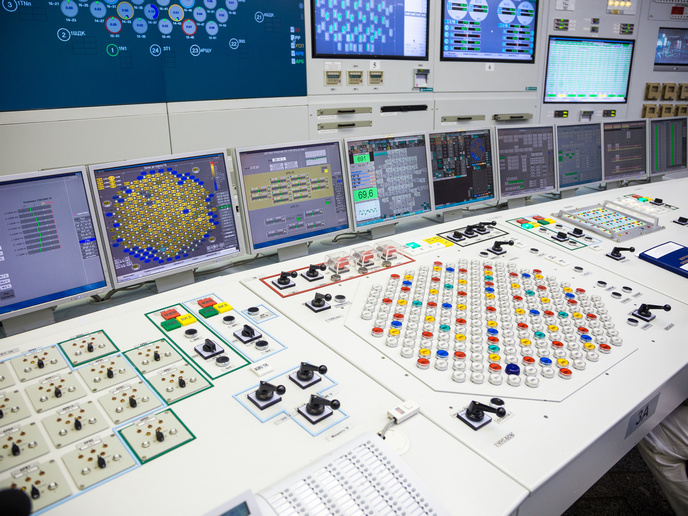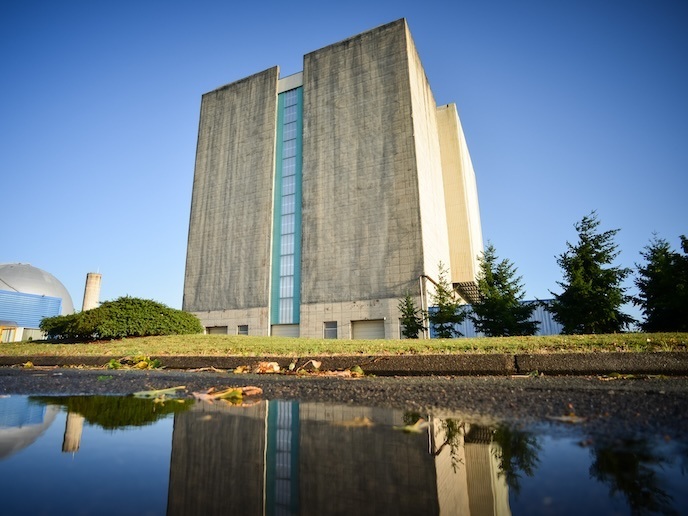Europe develops new, smarter tools for nuclear safety
Earthquakes are one of the external threats that nuclear power plants need to be able to withstand. Understanding how structures and systems behave under seismic shocks is vital for both public safety and industry competitiveness. In particular, graded approaches are required to address safety assessments proportional to hazard levels and stakes. The EU-funded METIS project(opens in new window) integrates hazard, fragility, and risk models in a single analysis chain, with transparent treatment of uncertainty. This prevents inconsistencies and helps avoid overconservative assumptions on the interfaces. METIS delivered a new generation of methods and tools that combine physics-based simulations, advanced probabilistic analysis and open-source software.
A hybrid case study to test seismic safety methods
METIS used a hybrid case study combining the model of a Ukrainian nuclear plant with hazard and site data from central Italy, where seismic activity is more significant. As project coordinator, Irmela Zentner explains: “The hybrid test case combining the Ukrainian plant model located on a site in central Italy was a compromise. The Italian site was chosen because not all new approaches and developments related to seismic hazard and site response could be analysed with the Ukrainian data.” This choice enabled METIS to validate its developments for meaningful conditions, ensuring results were both scientifically rigorous and operationally useful.
Physics-based simulations and aftershock analysis
METIS assessed various approaches and developed simulations that strike a balance between physical fidelity and practical computing times. This innovation made it feasible to run extensive studies without losing sight of real-world application. Another step forward was the consideration of aftershocks in hazard and risk assessments. Zentner highlights the difficulty of this interdisciplinary challenge: “The consideration of aftershocks in probabilistic safety assessments is one of the interdisciplinary topics tackled in METIS. It requires close collaboration among seismologists and structural and system engineers.” By defining realistic scenarios with a mainshock followed by an aftershock, the project developed new knowledge and provides guidance for risk modellers.
Open-source tools drive innovation
As Zentner notes, "Working with open-source tools facilitates innovation, particularly through the involvement of academia, the uptake by SMEs (which creates new business opportunities), and the training of new generations of safety engineers due to their availability and openness." One of METIS’s lasting contributions is the new METIS open-source tools(opens in new window). This makes seismic risk modelling accessible for academics, SMEs, and industry practitioners alike.
Towards harmonised European best practice
The METIS project contributed to paving the way for a European consensus on seismic safety methods. By involving both academic researchers and industry stakeholders, the project bridged country-specific practices and international codes. The results provide a foundation for standard guidelines under the Euratom Framework(opens in new window), strengthening Europe’s nuclear safety culture while supporting competitiveness.







